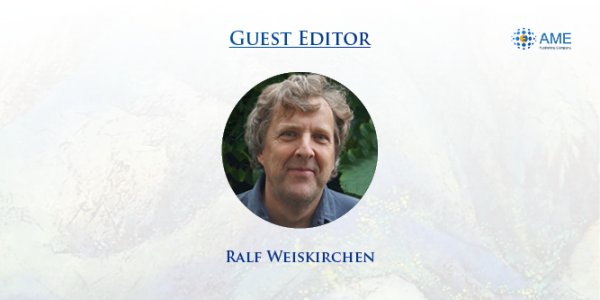
This series on “The Pathogenesis of Hepatic Fibrosis: Basic Facts and Clinical Challenges” is edited by Prof. Ralf Weiskirchen, Institute of Molecular Pathobiochemistry, Experimental Gene Therapy and Clinical Chemistry (IFMPEGKC), RWTH University Hospital Aachen, Aachen, Germany. The main purposes of this series are 1) this series summarizes and presents novel data on the pathogenesis of hepatic disease, 2) this series aims to bridge the gap between new re-search findings and clinical practice, 3) this series presents novel hypotheses and ideas that fos-ter the debate on new innovative concepts in basic and clinical hepatology.
The pathogenesis of hepatic fibrosis: basic facts and clinical challenges
Narrative review on alcoholic liver disease: from fibrosis to cancer
Narrative review of in vitro experimental models of hepatic fibrogenesis
“The pathogenesis of hepatic fibrosis: basic facts and clinical challenges”—assessment of liver fibrosis: a narrative review
Narrative review of bovine milk exosomes as a potential therapeutic option for hepatic fibrosis
Narrative review of gut microbiota and liver diseases: facts and fictions
A narrative review on COMMD1, the promiscuous ATP7B chaperone bridging the gap between inherited canine copper toxicosis and Wilson disease
Role of the chemokine system in liver fibrosis: a narrative review
Disclosure:
The series “The Pathogenesis of Hepatic Fibrosis: Basic Facts and Clinical Challenges”was commis-sioned by the editorial office, Digestive Medicine Research (DMR) without any sponsorship or funding. Ralf Weiskirchen served as the unpaid Guest Editor for the series.
